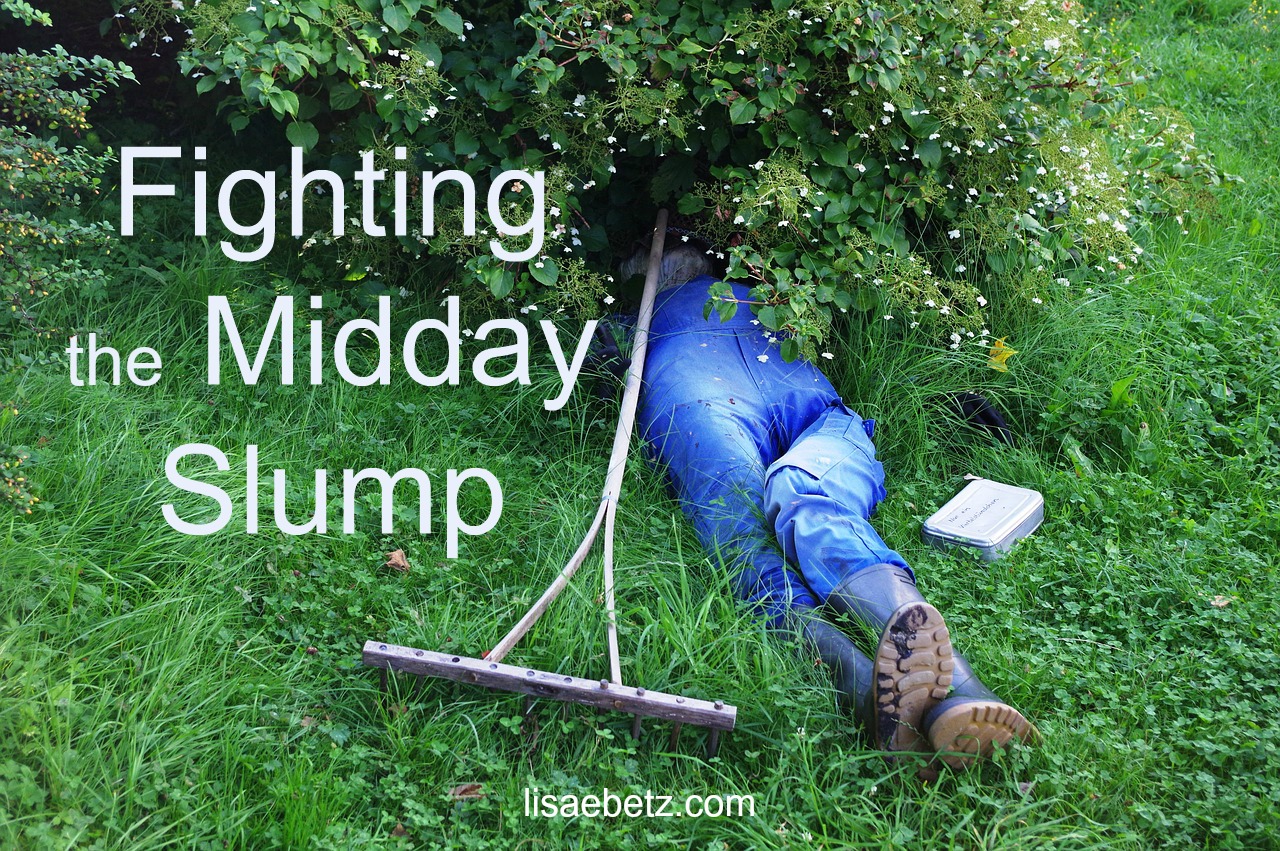
My brain does not work as well at 3:00 pm as it does earlier in the day. In fact, most of me doesn’t work as well at 3:00 pm. During my usual midday slump I have less energy, less motivation, less self-control.
Sound familiar?
Studies have proven what we already suspected was true: All humans experience a midday slump in energy and alertness. Studies also show the following:
- Significantly more mistakes happen during the slump time. This is true across industries and cultures, from surgeons to business executives to weary mothers.
- Our midday slump affects us more than we realize.
- The exact timing of our slump depends on our unique internal clock. For the majority of adults the slump occurs in early- to midafternoon. (Teens have a natural tendency toward a later internal clock which means their most-alert and least-alert times may be shifted several hours later than the typical adult. This is a universal phenomenon and not just a bad habit of your lazy teenager.)
Like it or not, the midday slump is a reality of life—everyone’s life. Study after study highlights that those who power through their slump thinking they are operating just fine are actually prone to a significant increase in bad judgment, leading to mistakes that may affect their job or someone else’s life.
That’s the bad news.
The good news is that we can guard against the effects of slump and take action to minimize it.
How to fight the midday slump
- First of all, be aware of it. Whenever possible, schedule appointments, medical procedures, meetings, and all other important decisions in the morning when you and others typically function at their best. Reserve midday for more mundane tasks that don’t require high-level thinking.
- Secondly, recognize that taking intentional, well-designed, short breaks will make you more productive and will lead to better overall success than pushing through the doldrums. Taking effective short breaks is one of the best methods to protect you from making unwise slump-time decisions.
- On a similar note, studies have shown that those who take a lunch break are more productive afterward than those who don’t. Walking away from your desk and disconnecting from the task while you eat will pay dividends during slump time.
- Another tool to fight the reduced decision-making abilities of the slump is to be very systematic. If you cannot avoid working through the slump, try to create a pilot-flight-check type of document that forces you to pay attention to all the details.
How to take effective short breaks
- The goal is to fully disconnect with work and give you brain a chance to relax and regroup.
- Aim for breaks of fifteen minutes or less.
- Take one about every hour during your sluggish time of day.
- Get out of the chair. Stand up and move. Get the blood flowing and stretch out those places where you store tension.
- If you can, go outside. If not, seek out a window with a view or even a shelf of plants.
- When possible, connect with fellow humans and talk about something other than work.
- Go tech-free. Checking email, social media, or other tech distractions will not provide an effective break for your brain. For the most restorative break, enjoy a few minutes interacting with the real world instead of the virtual world.
- If needed, set a timer so you don’t dally too long before getting back to work.
The midday slump is a reality for all of us, but with a little knowledge and some savvy strategies you can overcome the worst of its effects.
And now it’s time for me to take a break before I decide this post is ready to publish.
